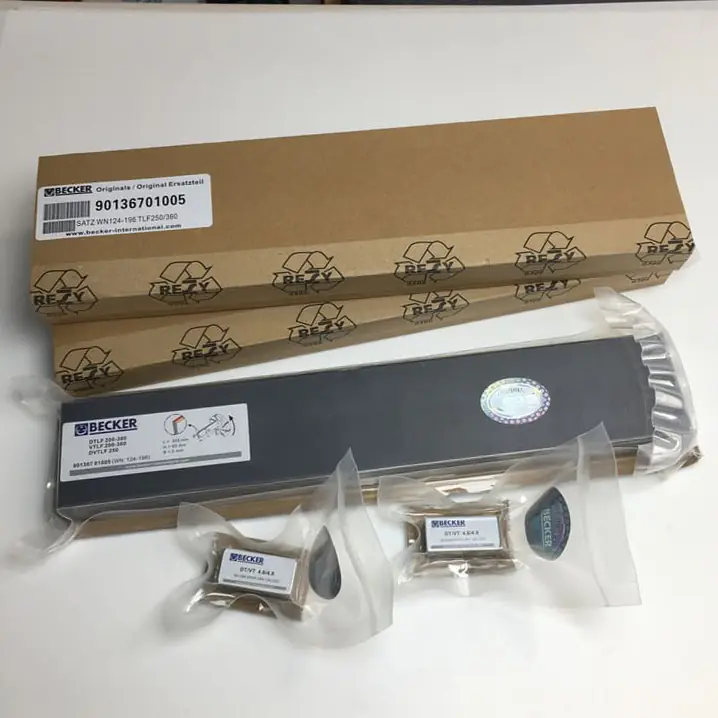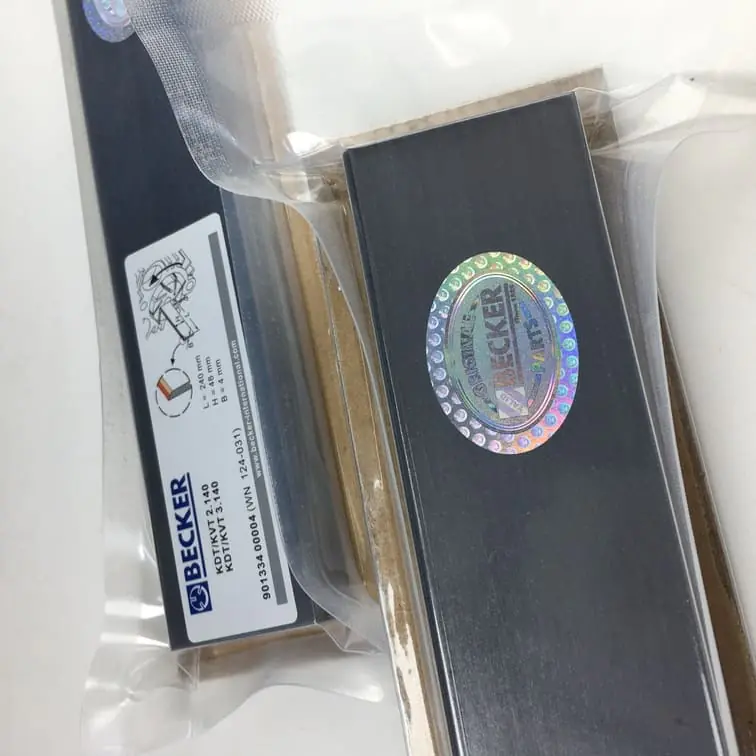How to Check Fuel Pump Vacuum
Checking the vacuum of a fuel pump is a crucial process to ensure your vehicle runs smoothly. When the fuel pump isn’t working as it should, the engine may lack proper fuel delivery, which can cause serious performance issues. In this detailed guide, we’ll break down everything you need to know about checking the vacuum of your fuel pump, including its importance, the tools you’ll need, and the proper steps involved. This way, you can make sure that your vehicle’s fuel system is operating optimally.
Why Checking Fuel Pump Vacuum is Important
Before we get into the nitty-gritty details of the process, let’s first discuss why checking the fuel pump vacuum is an essential part of maintaining a car’s health. A faulty fuel pump can lead to a wide range of problems, such as poor engine performance, difficulty starting, and stalling. By routinely checking the fuel pump vacuum, you can ensure that your engine gets the right amount of fuel pressure, improving fuel efficiency and extending the life of your engine.
Symptoms of a Bad Fuel Pump Vacuum
There are a few common symptoms that might indicate issues with the fuel pump vacuum:
- Difficulty Starting the Engine: When the fuel pump isn’t delivering the necessary pressure, the engine may struggle to start.
- Loss of Power: The car may experience a lack of power during acceleration.
- Engine Misfires: A failing fuel pump may not supply enough fuel, leading to engine misfires.
- Unusual Noises: A whining noise near the fuel tank may indicate a problem.
Note: If you notice any of these symptoms, it’s time to check your fuel pump vacuum to determine if it’s functioning properly.
Tools You Need to Check Fuel Pump Vacuum
To properly check the vacuum of a fuel pump, having the right tools is essential. The following is a list of items you’ll need:
- Vacuum Gauge: This device helps in reading the pressure in your fuel line.
- Wrench Set: Various wrenches may be needed to remove components to access the fuel pump.
- Vacuum Pump Tester: This tool helps you check if there is a vacuum leak.
- Safety Gloves and Glasses: Safety should always come first when working with automotive parts.
- Service Manual: It’s always a good idea to have your vehicle’s service manual on hand for any specific instructions.
Step-by-Step Process to Check Fuel Pump Vacuum
Step 1: Safety First
Before starting, make sure that you’re working in a well-ventilated area. Fuel vapors can be dangerous if inhaled, and any open flames or sparks should be avoided. Wearing safety gloves and glasses will help protect you during the inspection.
Step 2: Locate the Fuel Pump
The fuel pump is typically located either in the fuel tank or along the vehicle’s frame. If it’s an in-tank pump, you’ll need to access it by either removing the rear seat or accessing the trunk panel. For in-line fuel pumps, you’ll usually find them along the chassis under the car.
Step 3: Disconnect the Fuel Line
Disconnect the fuel line leading to the pump using the appropriate wrench. Make sure to put a container beneath the pump to catch any fuel that spills out. This step will prevent any excess fuel from being released when you start checking the vacuum.
Step 4: Attach the Vacuum Gauge
Once the fuel line is disconnected, attach the vacuum gauge to the inlet side of the fuel pump. Ensure that the gauge is securely attached to avoid any leaks while testing.
Step 5: Start the Engine
With the vacuum gauge attached, start the engine. Observe the reading on the gauge. A healthy fuel pump should generally show a vacuum of 15-22 inches Hg (inches of Mercury). If the reading is lower, it indicates that the fuel pump is not pulling a sufficient vacuum, which may mean that it needs servicing or replacement.
Tip: If you notice erratic movements on the vacuum gauge, it could be a sign of an internal pump issue or a vacuum leak.
Understanding Vacuum Pump Readings
Normal Vacuum Range
A typical, properly functioning fuel pump should show a consistent reading in the range of 15-22 inches Hg. Anything significantly below this might indicate an issue with fuel delivery, potentially leading to poor vehicle performance.
Low Vacuum Readings
If the gauge reads below 15 inches Hg, it could indicate problems such as:
- Clogged Fuel Filter: The filter may be blocking fuel, reducing pump efficiency.
- Worn Pump Components: Parts within the fuel pump may have deteriorated.
- Vacuum Leak: Check the connections to ensure they’re tight, as any loose connections may lead to a drop in vacuum.
Erratic Vacuum Readings
Erratic readings can point to the following problems:
- Leaking Fuel Line: There could be a pinhole in the line that’s reducing the pump’s ability to hold a steady vacuum.
- Damaged Diaphragm: The pump’s diaphragm might be damaged, preventing it from creating a consistent pressure.
Common Mistakes When Checking Fuel Pump Vacuum
It’s crucial to avoid the following mistakes when checking the fuel pump vacuum:
- Ignoring Safety Protocols: Always work in a ventilated area and use proper safety equipment.
- Incorrectly Reading the Gauge: Ensure that the gauge is tightly fitted. Loose connections can cause inaccurate readings.
- Skipping Regular Maintenance: A bad fuel pump can lead to a chain reaction of other car problems.
Maintaining Your Fuel Pump
Routine checks and regular maintenance of the fuel pump can save you a lot of money and trouble down the road. Some key maintenance practices include:
- Replace Fuel Filters Regularly: This helps reduce strain on the fuel pump.
- Use Quality Fuel: High-quality fuel contains fewer impurities that can clog filters and reduce pump efficiency.
- Inspect Hoses and Connections: Make sure hoses are in good condition and not leaking.
Vacuum Pump vs. Fuel Pump: Are They the Same?
Though the terms sound similar, it’s essential to understand that a vacuum pump and a fuel pump are not the same. A fuel pump delivers fuel to the engine, while a vacuum pump helps in creating suction, often used in brake boosters and other car systems. For vehicles with forced induction, vacuum pumps can play a role in maintaining pressure balance.
Importance of a Good Vacuum Pump
A properly functioning vacuum pump is also important to ensure that the fuel pump works efficiently. The vacuum pump helps maintain the right atmospheric pressure in the fuel tank, which ensures the fuel pump delivers fuel effectively. If there is a vacuum leak, it can significantly impact fuel delivery.
Related Resources and Products
Choosing the right parts for your vacuum system can help ensure the efficient operation of your fuel pump. Here are some recommended resources:
- Becker Air Filter Replacements for maintaining clean airflow in your vacuum system.
- Mann-Filter Replacement Filters designed for efficient and reliable pump operation.

Frequently Asked Questions
1. What is the ideal vacuum level for a fuel pump?
The ideal vacuum level for a fuel pump is typically between 15-22 inches Hg. Anything below that could indicate a problem with the fuel pump or the system.
2. Can I use a regular vacuum pump to test my fuel pump vacuum?
No, a vacuum gauge specifically designed for measuring fuel pressure should be used. Using an inappropriate tool can lead to incorrect readings and could damage the system.
3. How often should I check my fuel pump vacuum?
It’s recommended to check the fuel pump vacuum during regular maintenance or whenever you experience symptoms like poor acceleration or starting issues.
4. What happens if I ignore a low vacuum reading?
Ignoring a low vacuum reading could lead to a breakdown, as the engine may not receive sufficient fuel to function properly. This can also cause long-term damage to other components.
5. Can a bad vacuum pump affect the fuel pump?
Yes, a bad vacuum pump can impact the fuel delivery system by disrupting the pressure balance, thereby affecting the efficiency of the fuel pump.
Conclusion
Checking the fuel pump vacuum is not just a good practice; it’s an essential part of vehicle maintenance. By ensuring that the vacuum is within the correct range, you help guarantee efficient fuel delivery, optimal engine performance, and reduced risk of major breakdowns. Following the steps outlined in this guide can help you troubleshoot any potential issues before they lead to costly repairs. Regular maintenance, including checking fuel vacuum levels, replacing filters, and inspecting hoses, will ultimately save you time and money, and keep your vehicle running at its best.
For more maintenance tips or to explore replacement parts, check out Vacuum Pump Spare Parts, where you can find high-quality parts specifically tailored for your vacuum systems.

If you have further questions or need support with your vehicle’s fuel system, feel free to reach out to our team for assistance.




